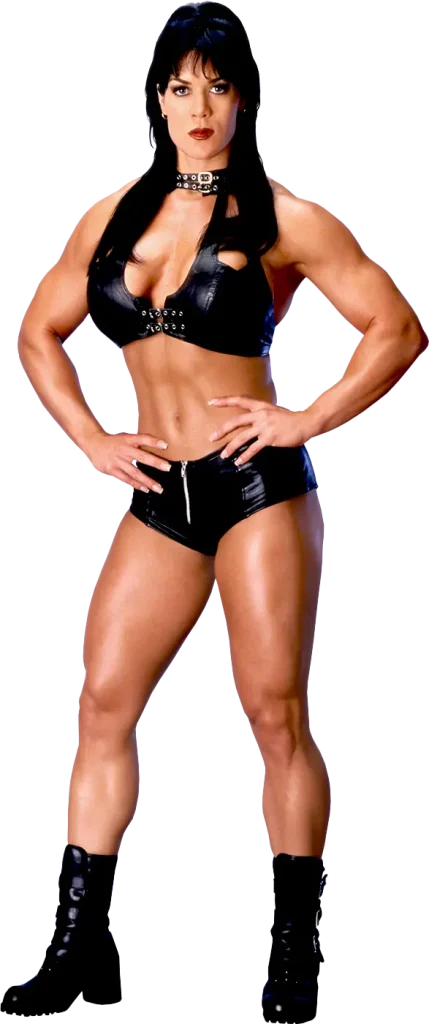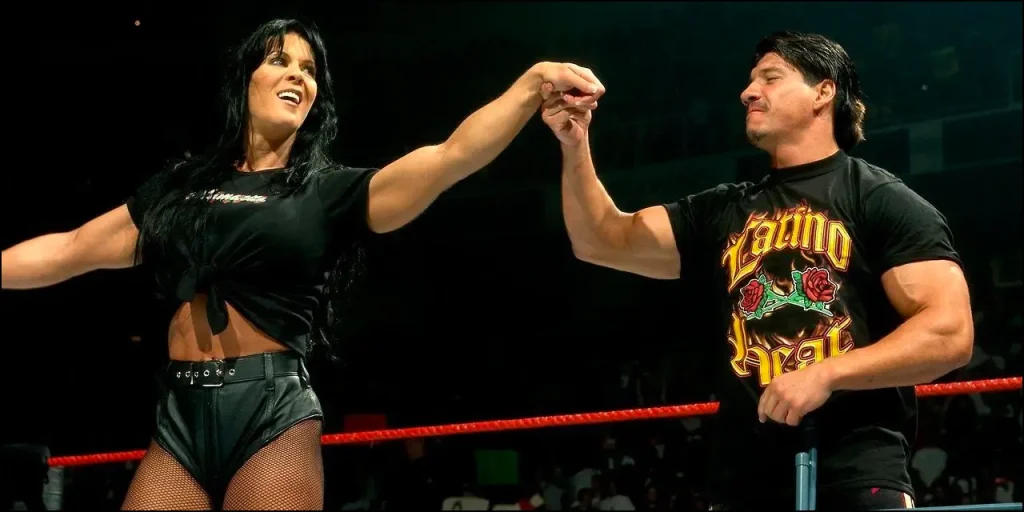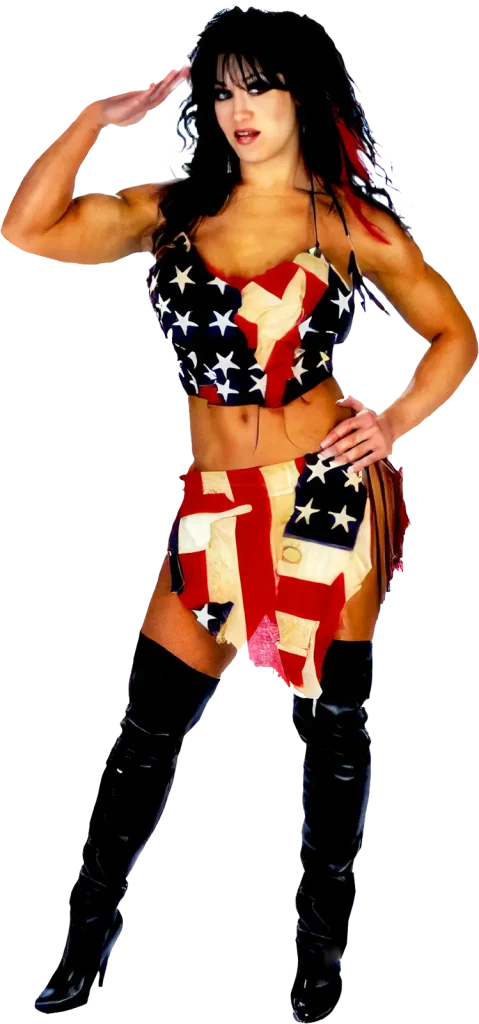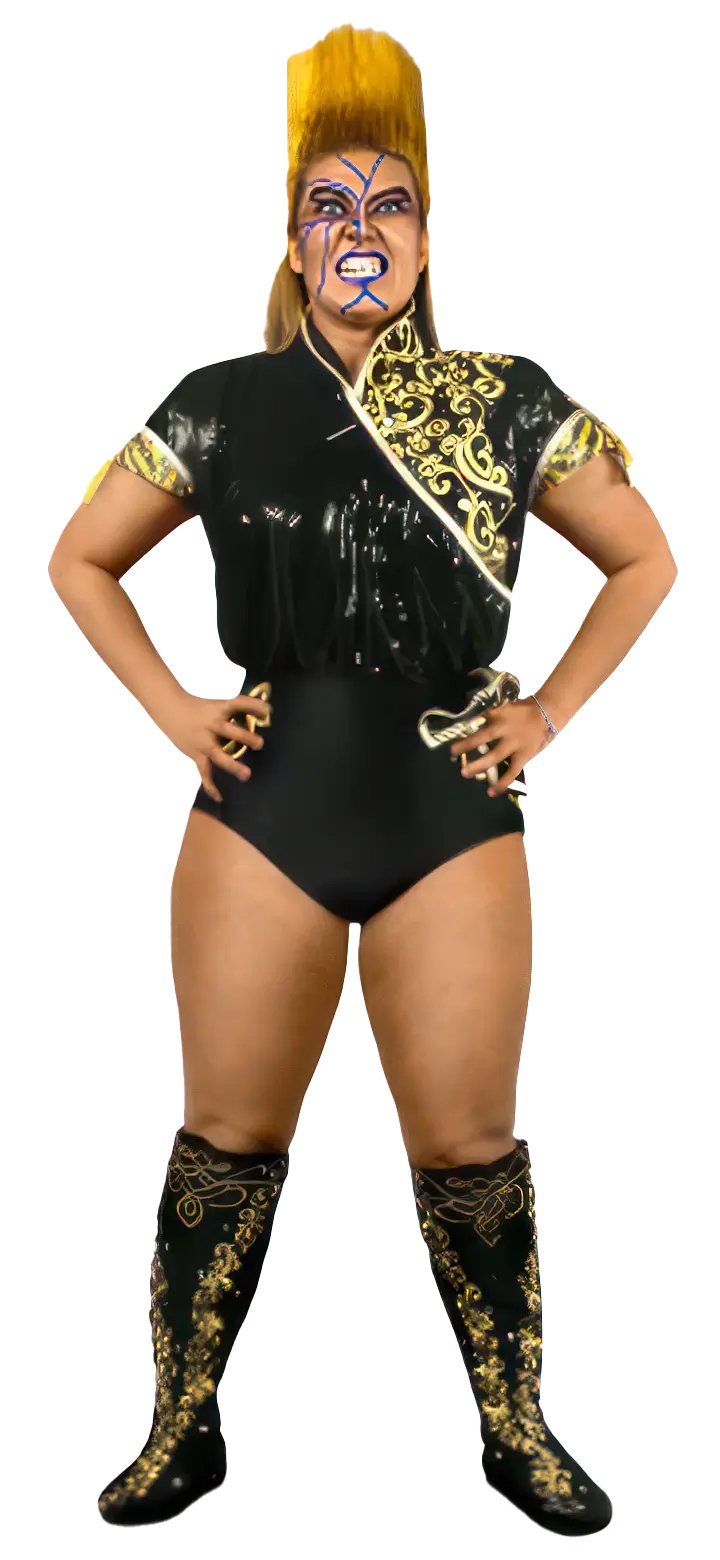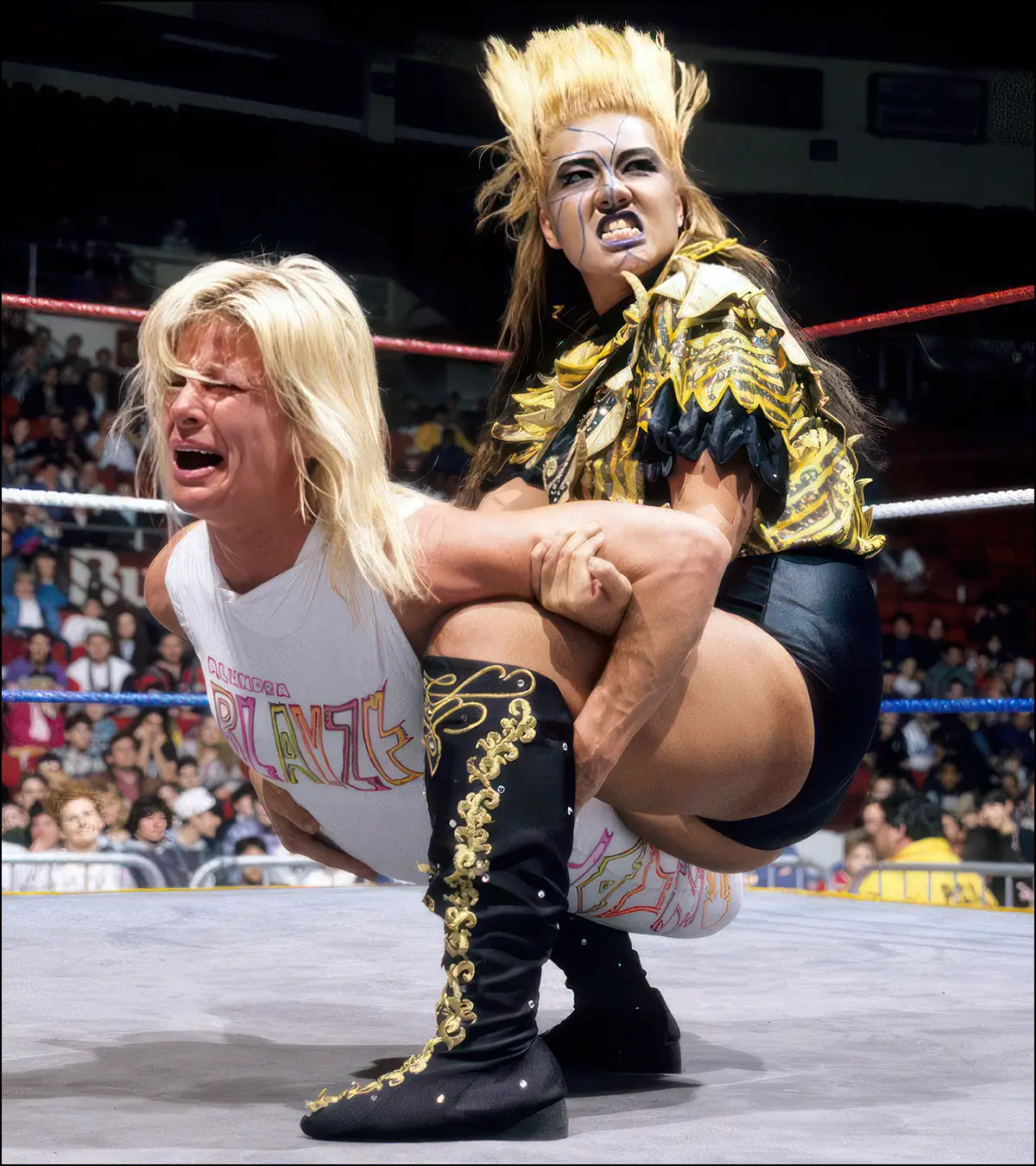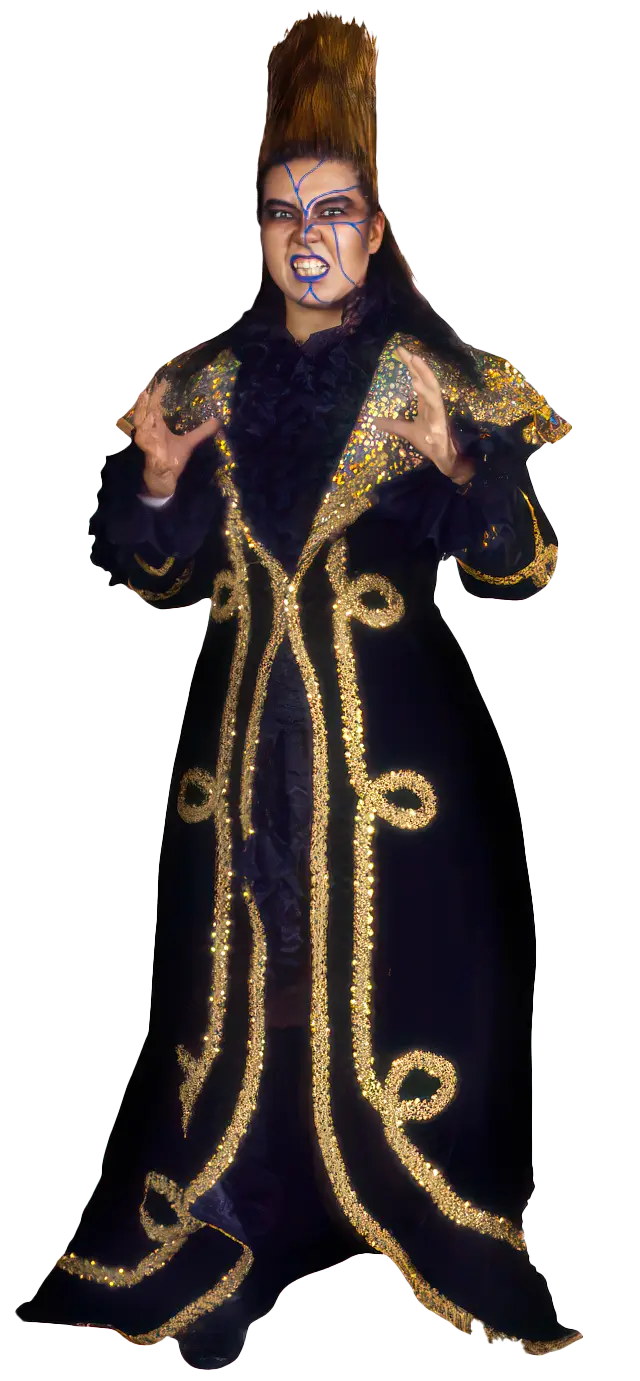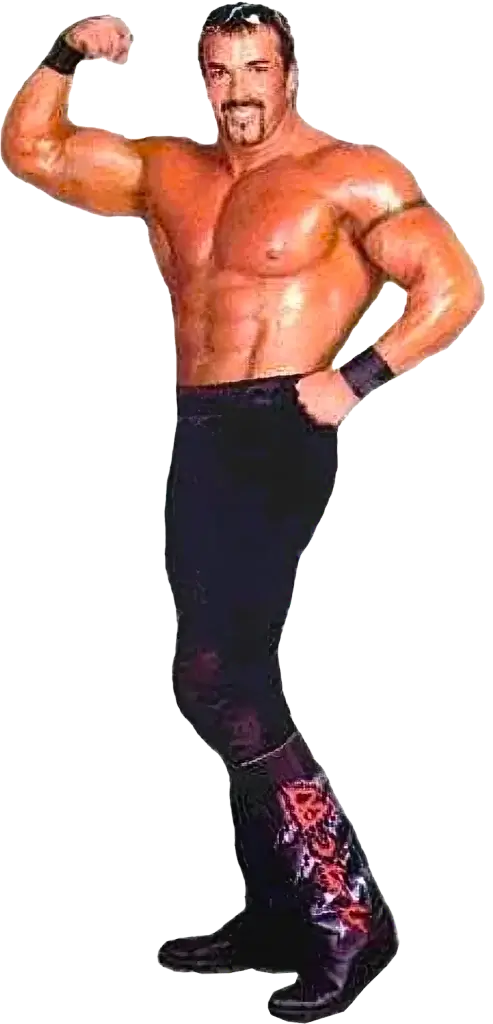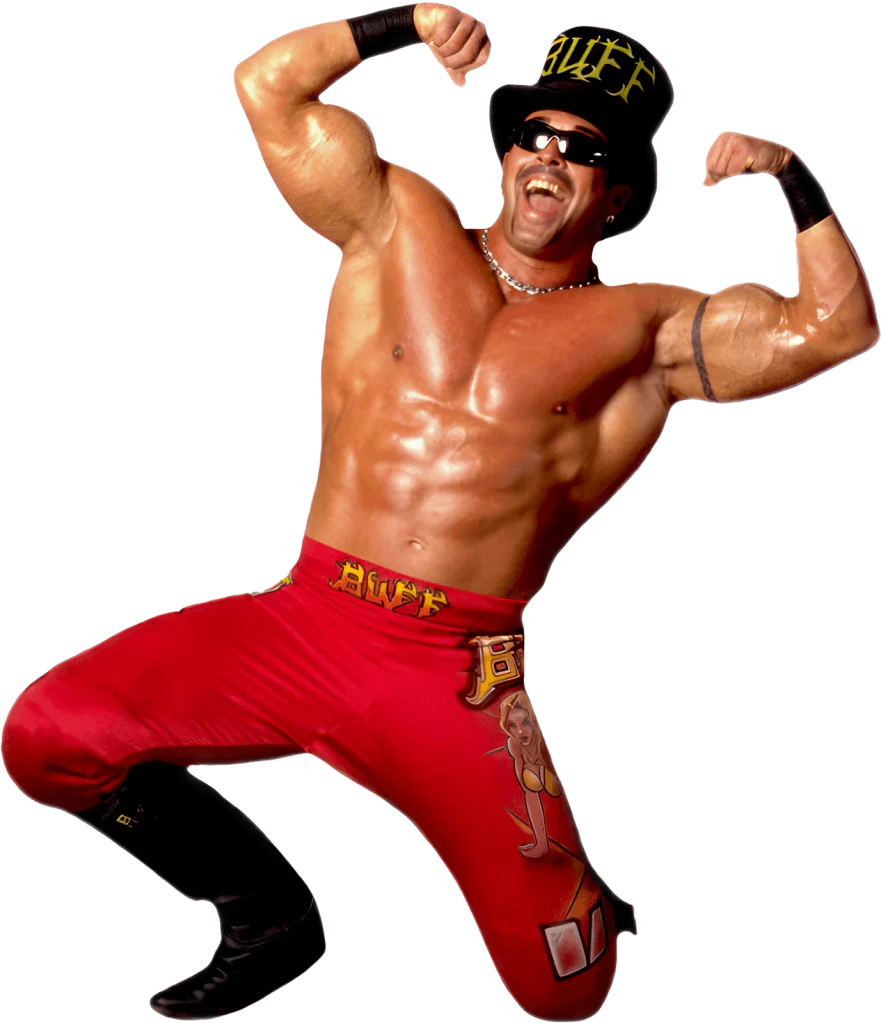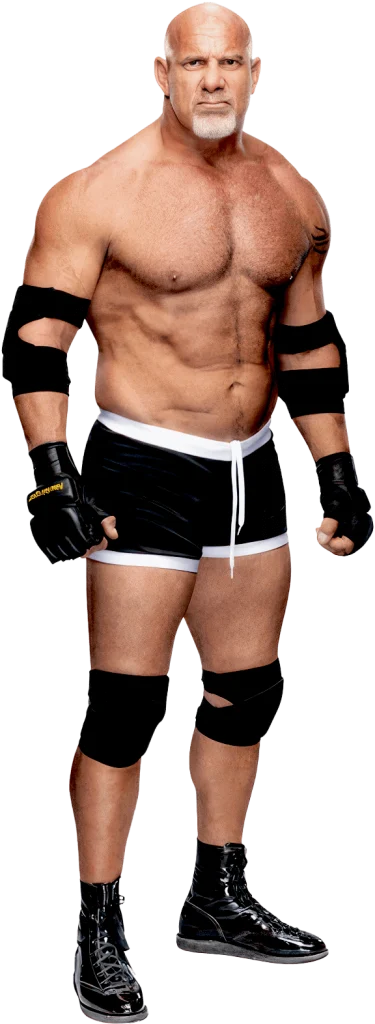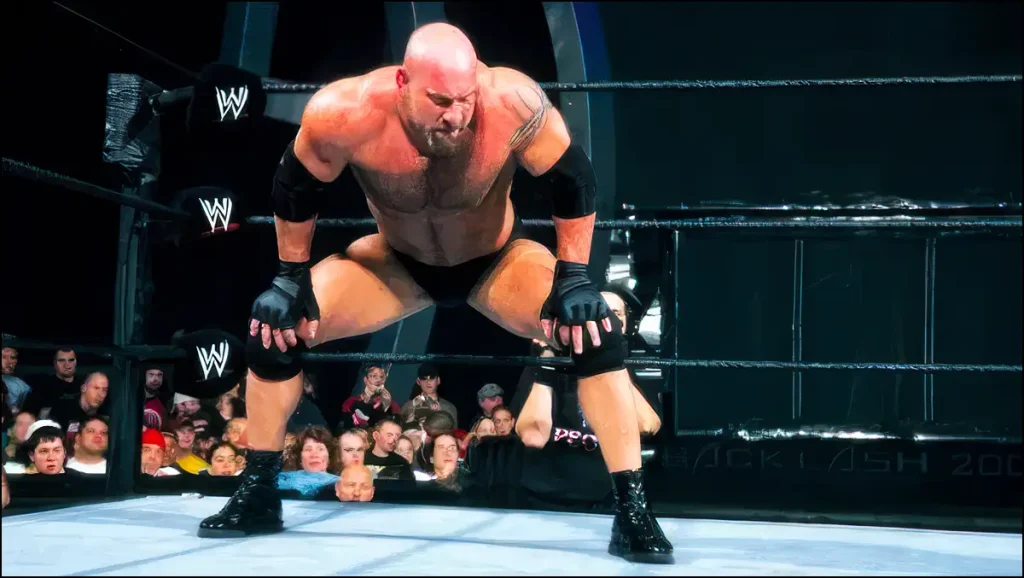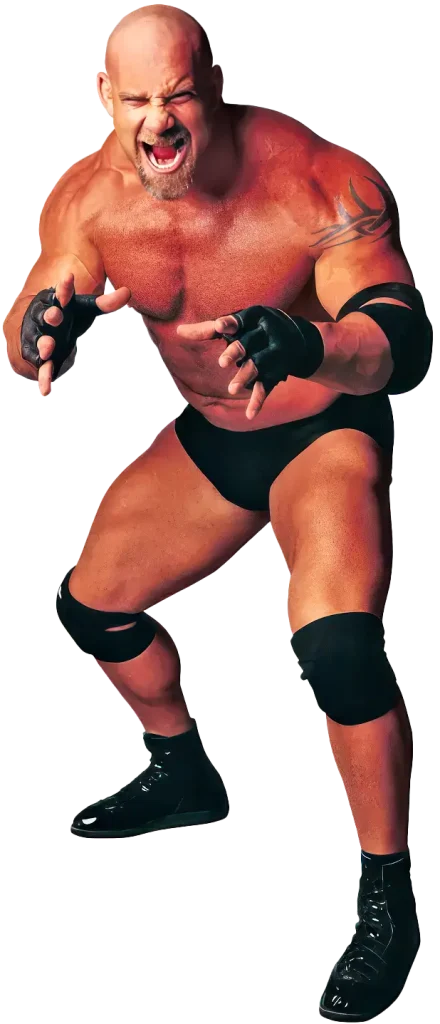Her career was marked by her unique appearance, rule-breaking tactics, and her aggressive in-ring style. These attributes, combined with her success in both tag team and singles competition, allowed her to become one of the most memorable and influential wrestlers in the history of Japanese women’s wrestling.
Real Name: Masami Yoshida
Stats: 5′ 5″, 220 lbs.
Born:NOVEMBER 11, 1960
Early Life
Dump Matsumoto, born Masami Yoshida on November 11, 1960, in Yokohama, Japan, is a retired professional wrestler known for her fierce wrestling style and villainous persona. Information about her early life is somewhat limited, but it is known that she developed an interest in wrestling at a young age.
Matsumoto started her professional wrestling training at the age of 16 when she joined All Japan Women’s Pro-Wrestling (AJW). She was trained at the AJW dojo, which had a reputation for producing top female wrestlers in Japan. During her time at the dojo, she developed her wrestling skills and prepared for her in-ring career.
Early Training
Dump Matsumoto received her wrestling training at the All Japan Women’s Pro-Wrestling (AJW) dojo, a renowned training facility responsible for producing many of Japan’s top female wrestlers. The AJW dojo was known for its strict and demanding training regimen, which helped mold Matsumoto into the powerful and fearsome wrestler she became. Her training focused on developing her wrestling skills, including striking, grappling, and brawling techniques that would become the foundation of her in-ring style.
Dump Matsumoto’s aggressive, rule-breaking wrestling style and her ability to portray a convincing villain can be traced back to her training at the AJW dojo. This foundation allowed her to become one of the most memorable and dominant heels in the history of Japanese women’s wrestling.
Career
Dump Matsumoto’s early career in professional wrestling began with her debut on May 4, 1978. As a young wrestler, she quickly gained notoriety for her aggressive wrestling style, rule-breaking antics, and menacing appearance, which included a mohawk hairstyle and face paint. These characteristics helped her stand out in the Japanese women’s wrestling scene and establish her as a dominant and feared competitor.
In the early stages of her career, Dump Matsumoto was a dominant force in tag team wrestling, forming the “Gokuaku Domei” (Atrocious Alliance) with her partner, Crane Yu, and later with Bull Nakano. They were known for their brutal tactics and ability to instill fear in their opponents. The Gokuaku Domei won the WWWA World Tag Team Championship on multiple occasions, making them one of the most feared tag teams in the history of Japanese women’s wrestling.
As her career progressed, Dump Matsumoto began to focus more on singles competition, further showcasing her aggressive wrestling style and her ability to draw heat from the crowd. Her aggressive wrestling style and villainous persona made her a top heel in Japanese women’s wrestling. Her dominant performances and intense rivalries with other wrestlers, such as Jaguar Yokota and the Crush Gals (Chigusa Nagayo and Lioness Asuka), helped to solidify her status as one of the most feared and respected competitors in Japanese women’s wrestling.
In addition to her success in tag team wrestling, Dump Matsumoto also competed in singles matches. She feuded with several prominent wrestlers, such as Jaguar Yokota and the Crush Gals (Chigusa Nagayo and Lioness Asuka). These rivalries further cemented her status as a feared and respected competitor.
Rivalries
Dump Matsumoto had several notable rivalries throughout her career that helped solidify her status as one of the most feared and respected competitors in Japanese women’s wrestling. Some of her most memorable rivalries include:
Beauty Pair (Jackie Sato and Maki Ueda):
Dump Matsumoto and her tag team partner, Crane Yu, engaged in a heated rivalry with the popular babyface tag team, Beauty Pair. Matsumoto’s aggressive, rule-breaking style and menacing appearance created a perfect contrast with the Beauty Pair’s more traditional and fan-friendly wrestling approach. This rivalry helped to establish Matsumoto as a top heel in Japanese women’s wrestling.
Jaguar Yokota:
One of Dump Matsumoto’s most intense rivalries was with Jaguar Yokota, a highly skilled and athletic wrestler who was considered one of the best in Japan during her career. Their matches showcased Matsumoto’s powerful, brawling style against Yokota’s technical prowess, making for a compelling in-ring dynamic. This rivalry further cemented Matsumoto’s status as a feared competitor.
Crush Gals (Chigusa Nagayo and Lioness Asuka):
Dump Matsumoto’s most famous rivalry was with the Crush Gals, a tag team that became incredibly popular in Japan during the 1980s. The Crush Gals, consisting of Chigusa Nagayo and Lioness Asuka, embodied the spirit of babyface wrestlers with their never-say-die attitude and high-energy wrestling style. Their matches against Matsumoto and her various partners (most notably Bull Nakano) were intense, brutal, and often violent. This rivalry not only elevated Matsumoto’s career but also played a significant role in popularizing women’s wrestling in Japan during that time.
These rivalries were essential in defining Dump Matsumoto’s career and showcasing her unique talents as a wrestler. Her ability to engage the audience as a villain and create memorable feuds with her opponents solidified her as one of the most influential wrestlers in the history of Japanese women’s wrestling.
Awards and Titles
While specific awards dedicated to Dump Matsumoto are limited, her accomplishments in the world of professional wrestling are undeniable. Her most significant achievements and accolades include:
WWWA World Tag Team Championship:
As a part of the Gokuaku Domei (Atrocious Alliance) tag team, Dump Matsumoto won the WWWA World Tag Team Championship multiple times, showcasing her dominance in the tag team wrestling scene. She held the title with partners such as Crane Yu and Bull Nakano, and their reigns were marked by their aggressive style and brutal tactics.
All Pacific Championship:
Dump Matsumoto also won the All Pacific Championship, a singles title that further cemented her status as a formidable wrestler in Japanese women’s wrestling.
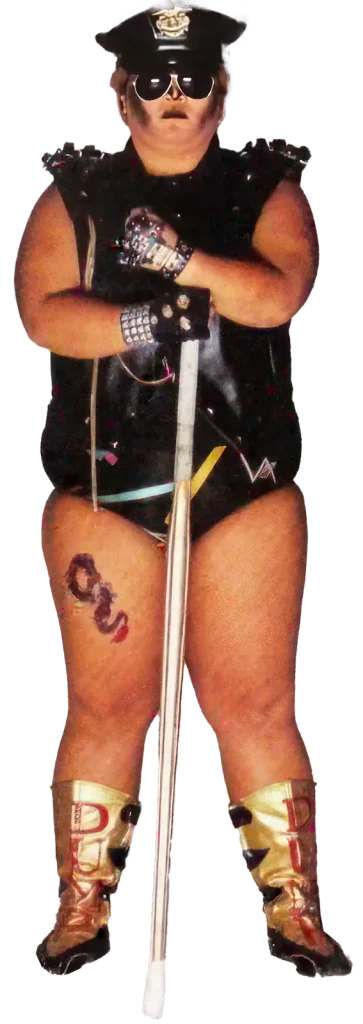
Retirement
Dump Matsumoto retired from professional wrestling in 1988 due to accumulated injuries sustained throughout her career. She was 27 years old at the time of her retirement, having spent a decade in the wrestling industry. Matsumoto’s aggressive wrestling style and the physical demands of her matches likely contributed to the injuries that ultimately led to her retirement.
After retiring from wrestling, Matsumoto transitioned to a career in the entertainment industry. She appeared in television programs and movies, capitalizing on her unique appearance and reputation from her wrestling days. Occasionally, she would make appearances at wrestling events, connecting with fans and maintaining her connection to the wrestling industry.
Despite her relatively short career, Matsumoto left an indelible mark on the world of professional wrestling. Her unique persona, rule-breaking tactics, and aggressive in-ring style made her one of the most memorable heels in the history of Japanese women’s wrestling. Her influence on future generations of wrestlers and her contributions to the industry remain undeniable.
Legacy
While she may not have received specific awards like some of her contemporaries, Dump Matsumoto’s impact on the world of professional wrestling, particularly women’s wrestling in Japan, is unquestionable. Her unique appearance, rule-breaking tactics, aggressive in-ring style, and memorable rivalries made her a trailblazer for the villainous, powerful female wrestler archetype. Matsumoto’s influence can be seen in the careers of future generations of wrestlers who adopted similar personas. Her career and the legacy she left behind will be remembered as one of the most memorable and influential in the history of Japanese women’s wrestling.
Resources
Wikipedia Contributors. “Dump Matsumoto.” – https://en.wikipedia.org/wiki/Dump_Matsumoto
Wikiwand. “Dump Matsumoto.” – www.wikiwand.com
Last Word on Pro Wrestling. “Legends Of AJW: Dump Matsumoto.” – lastwordonsports.com
Scott’s Blog of Doom. “Joshi Spotlight: Dump Matsumoto.” –www.blogofdoom.com
Frequently Asked Questions
Dump Matsumoto, born Masami Yoshida on November 11, 1960, in Yokohama, Japan, is a retired professional wrestler known for her unique appearance, rule-breaking tactics, and aggressive in-ring style. She became one of the most memorable and influential wrestlers in the history of Japanese women’s wrestling.
Dump Matsumoto was known for her fierce wrestling style, villainous persona, and aggressive in-ring tactics. Her mohawk hairstyle, face paint, and menacing appearance set her apart from other wrestlers.
Dump Matsumoto developed an aggressive, rule-breaking wrestling style during her training at the AJW dojo. Her skills included striking, grappling, and brawling techniques that formed the foundation of her fearsome in-ring persona.
Matsumoto had several intense rivalries, including:
- Beauty Pair (Jackie Sato and Maki Ueda): Matsumoto and Crane Yu’s rivalry with Beauty Pair showcased her aggressive style against their traditional approach.
- Jaguar Yokota: Her intense rivalry with Jaguar Yokota highlighted her powerful, brawling style against Yokota’s technical prowess.
- Crush Gals (Chigusa Nagayo and Lioness Asuka): Matsumoto’s most famous rivalry, their matches were intense and played a significant role in popularizing women’s wrestling in Japan.
After retiring, Matsumoto transitioned to the entertainment industry. She appeared in TV programs and movies, occasionally making wrestling event appearances. Her unique appearance and reputation from wrestling days contributed to her success.
Despite her relatively short career, Dump Matsumoto’s impact on women’s wrestling in Japan is undeniable. Her unique persona, aggressive style, and memorable rivalries left an indelible mark. She paved the way for powerful, villainous female wrestlers, and her influence can be seen in future generations of wrestlers.



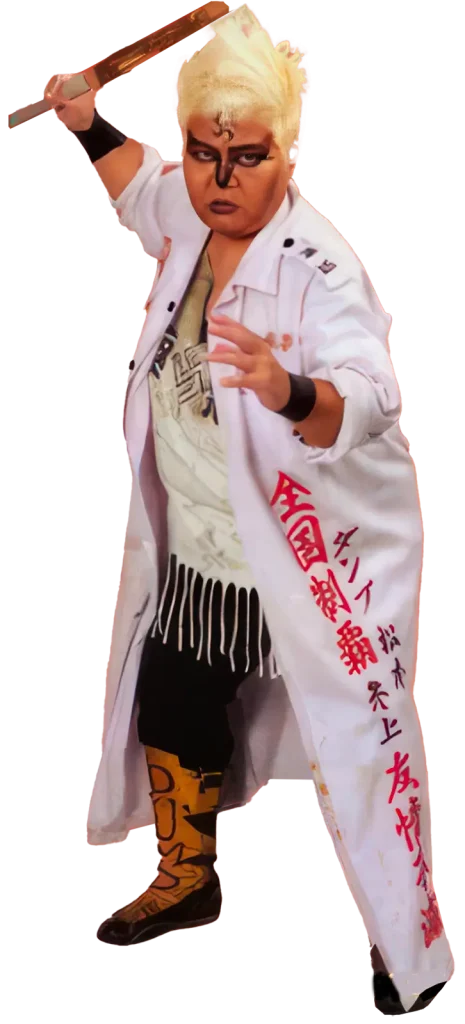

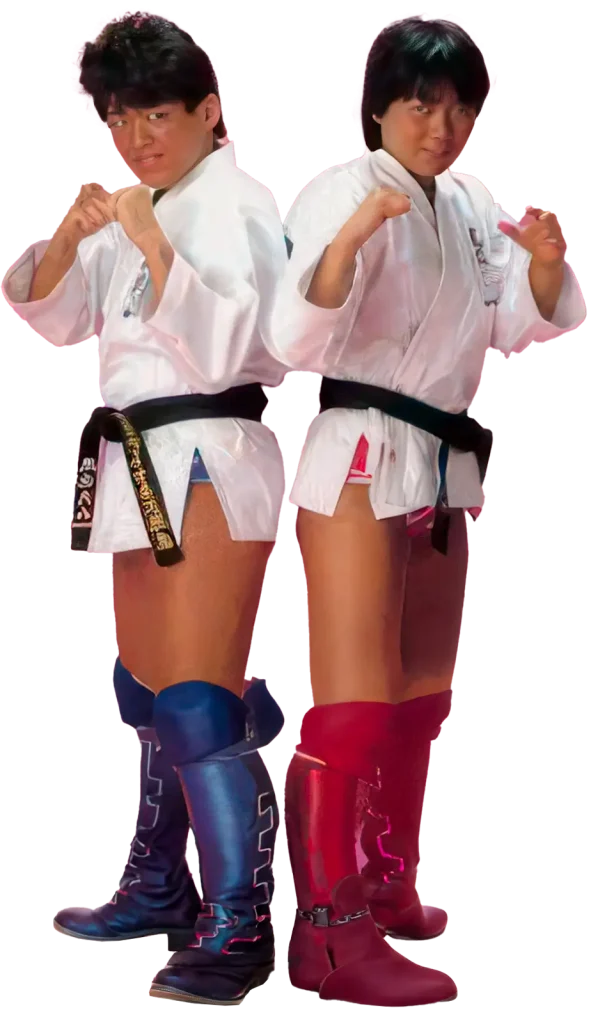
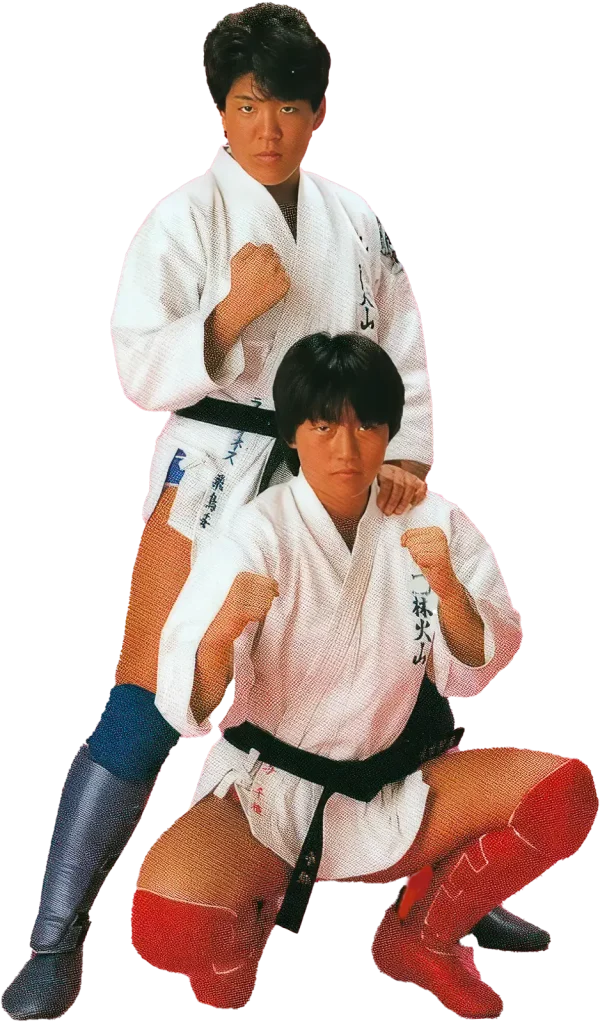 The Crush Gals participated in numerous memorable matches and rivalries during their careers, facing off against top teams like The Jumping Bomb Angels and The Glamour Girls. These intense, hard-hitting bouts showcased the best of women’s wrestling and solidified The Crush Gals’ reputation as one of the most formidable tag teams in the history of the sport.
The Crush Gals participated in numerous memorable matches and rivalries during their careers, facing off against top teams like The Jumping Bomb Angels and The Glamour Girls. These intense, hard-hitting bouts showcased the best of women’s wrestling and solidified The Crush Gals’ reputation as one of the most formidable tag teams in the history of the sport.
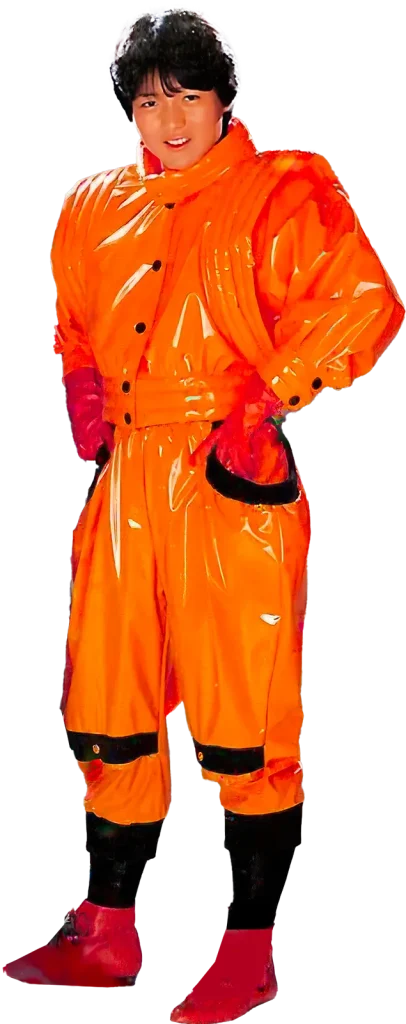
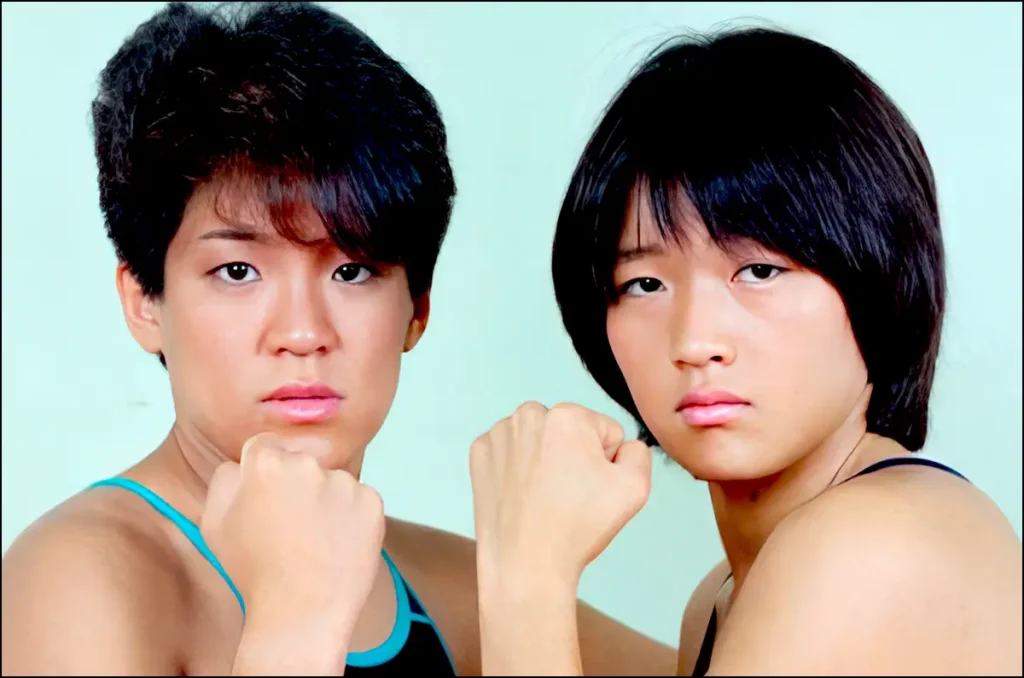
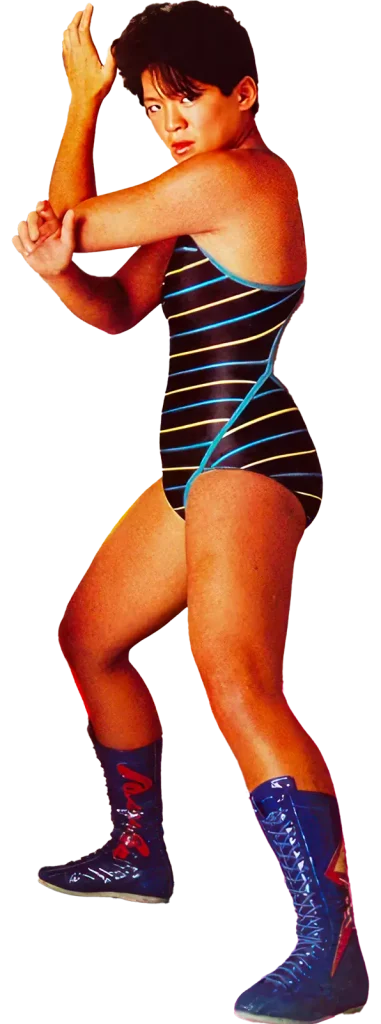

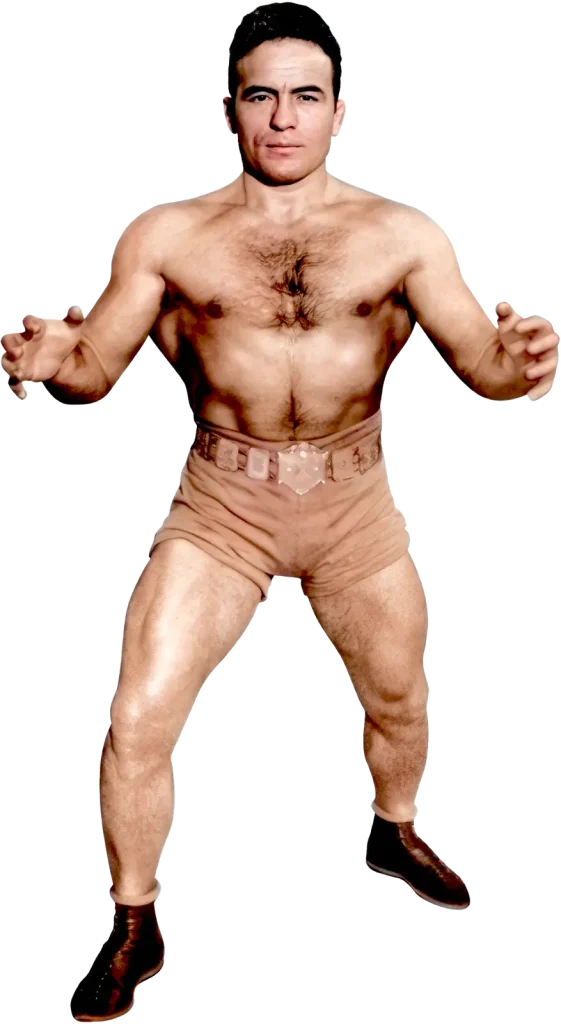
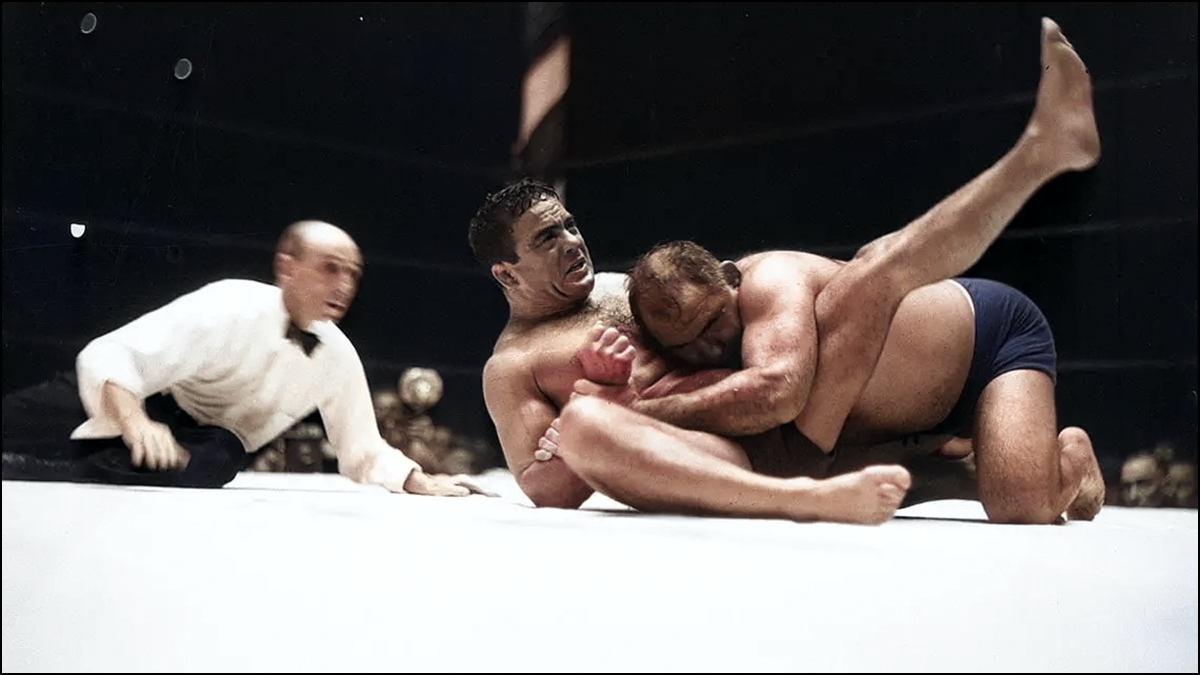
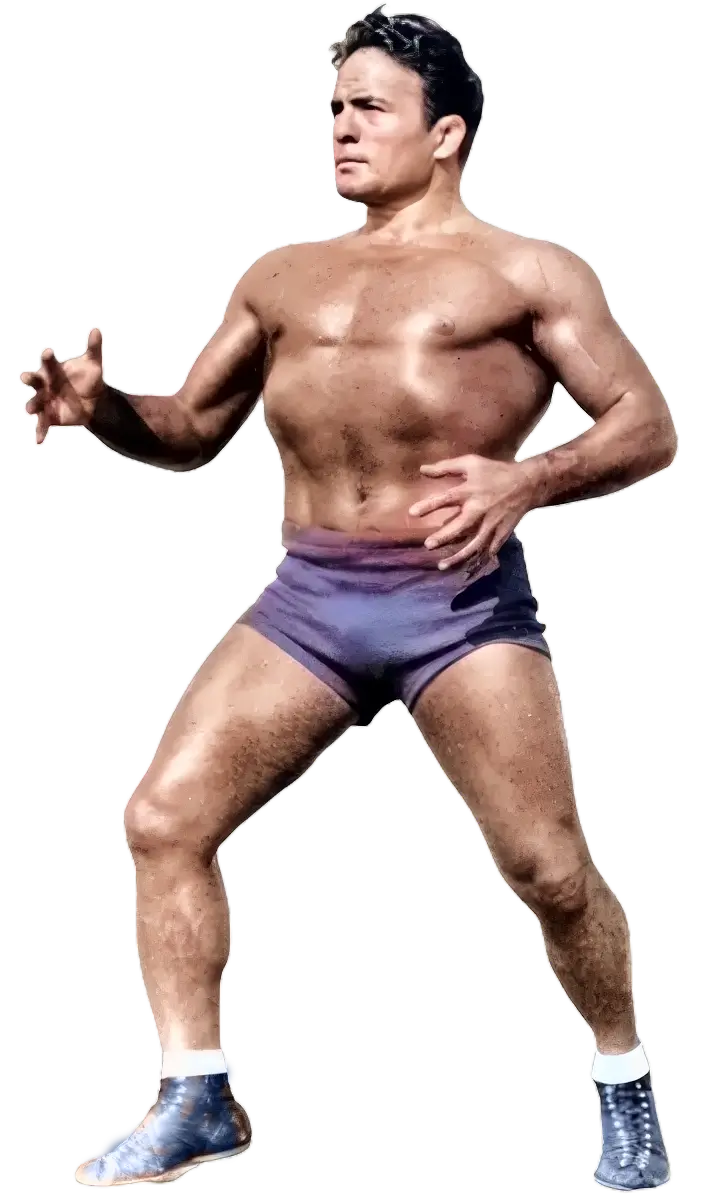 Londos received many accolades and honors, including being inducted and honored by the Professional Wrestling Hall of Fame and Museum – Class of 2002 (Pioneer Era), Wrestling Observer Newsletter Hall of Fame (Class of 1996) and the WWE Hall of Fame (Class of 2018), Cauliflower Alley Club Posthumous Award (2020), the George Tragos/Lou Thesz Professional Wrestling Hall of Fame Class of 2015 and the International Professional Wrestling Hall of Fame,
Londos received many accolades and honors, including being inducted and honored by the Professional Wrestling Hall of Fame and Museum – Class of 2002 (Pioneer Era), Wrestling Observer Newsletter Hall of Fame (Class of 1996) and the WWE Hall of Fame (Class of 2018), Cauliflower Alley Club Posthumous Award (2020), the George Tragos/Lou Thesz Professional Wrestling Hall of Fame Class of 2015 and the International Professional Wrestling Hall of Fame,




